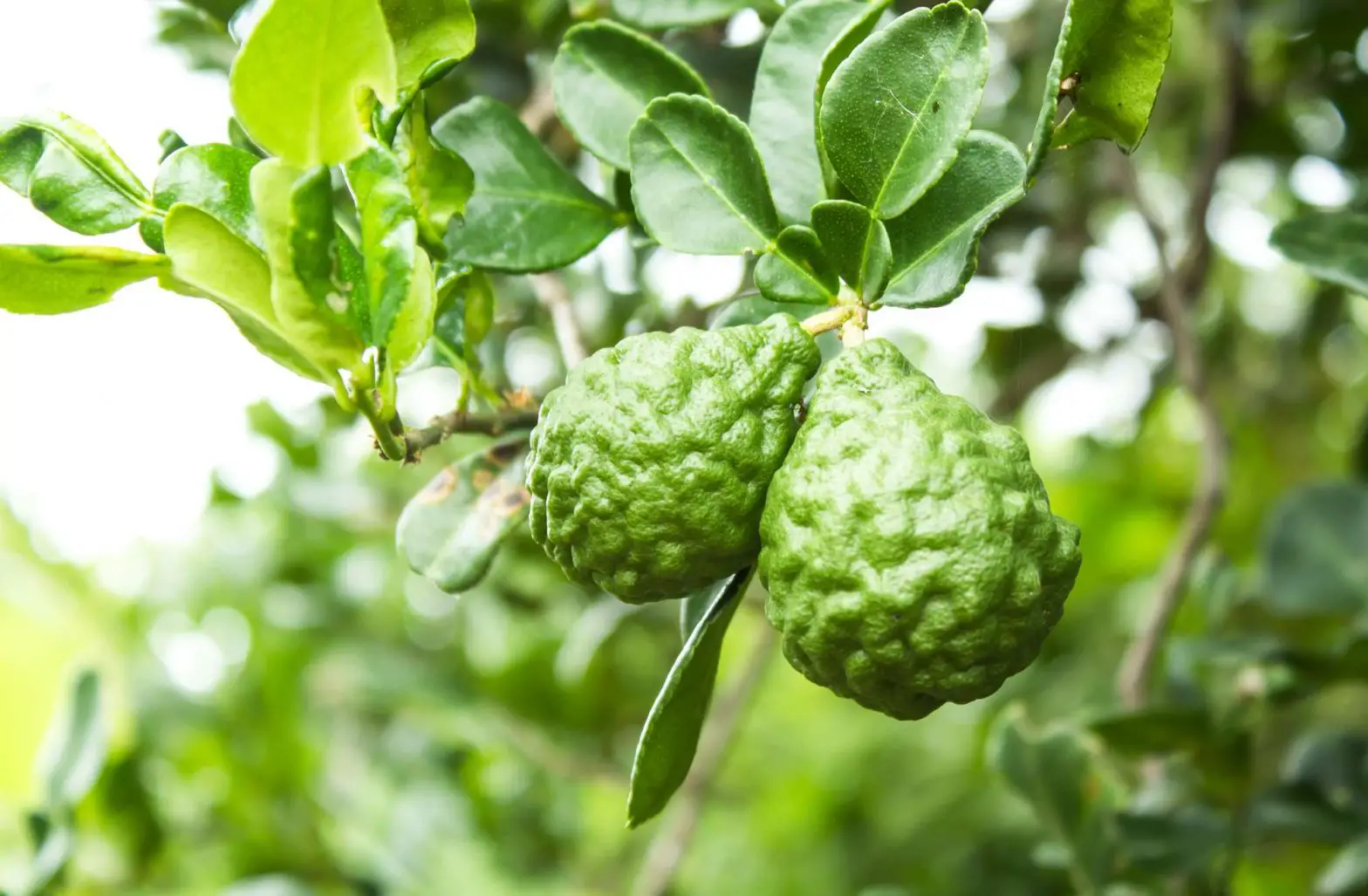Bergamot (pronounced bur·guh·maat) is a citrus tree with yellow-green to lime-green fruit about the size of an orange, whose extracts are used in Earl Gray tea, the original recipe for Eau de Cologne, and as a citrusy fragrance note in cosmetics and perfumery.
Cultivated as a cross-breed of lemon and bitter orange in 18th-century Calabria, a region of Italy, bergamot is sensitive to extreme cold and thrives in the Mediterranean climate’s dryness and warmth.
Bergamot’s name comes from the Italian word bergamotto, whose roots can be traced to the Turkish words bey armudu for “lord’s pear.”
Today, bergamot trees (Latin name Citrus bergamia) are grown in Southern Italy, Southern France, the Ivory Coast, Morocco, Tunisia, Turkey, where it’s turned into a staple ingredient for marmalade and confectionary, as well as Southeast Asia.
Bergamot’s fruit—the bergamot orange—is generally edible when ripe. It’s highly aromatic, has a full-bodied taste of citrus, and, when bitten into, gives a pronounced sour kick.
The popularity of this citrus, however, comes not from its flavor but its rich and invigorating fragrance.
Citrusy and sweet, yet floral and spicy, bergamot has a distinctly tarty, lively, and intense scent. Bergamot is what gives Eau de Cologne its instantaneous freshness and Earl Gray tea its unmistakable aroma.
Unlike other citrus scents, the scent of bergamot has a certain sophistication to it; it’s fresh and limey but somewhat grounding and fiery. For the same reasons, you can find it in so many perfumes.
Bergamot smells so good, that a 2017 study found its essential oil can boost your mood and give you a better sense of well-being—even when in the less-than-pleasant atmosphere of the waiting room of a mental health treatment center.
Connoisseurs tend to call bergamot “the prince of all citrus,” and Calabrians like to point out that its essential oil has scented the world.
Bergamot essential oil is mechanically extracted from the rind of the bergamot orange with peelers that scrape the outside of the fruit under running water. It’s one of the most commonly used ingredients for making perfumes.
The outcome—a fragrant emulsion of water and essential oil—goes through a centrifuge that separates the essence from the water. It takes 100 bergamot orange rinds to produce 3 oz of bergamot oil.
Bergamot essential oil pairs exceptionally well with geranium, eucalyptus, lime, lemon, lemongrass, black pepper, red pepper, ginger, chamomile, lavender, patchouli, arborvitae, cedar, amber, musk, and sandalwood.
Are Bergamot and Kaffir Lime the Same?
Bergamot is the name commonly used for bergamot oranges, the fruit of the Citrus bergamia tree, and the scent extracted from their rind. Kaffir lime, on the other hand, are the lime-like fruit of the Citrus hystrix tree.
Citrus bergamia originates in Italy, whereas Citrus hystrix is native to tropical Southeast Asia and southern China. The fruit of the former are yellowish to green in color and typically grow to the size of an orange, whereas that of the latter are dark green and lime-sized.
They also smell differently.
To imagine the scent of bergamot, picture walking through an Italian citrus garden on a hot summer’s day. Kaffir lime’s fragrance is closer to the citrus scents you’d pick up at an Asian farmer’s market.

